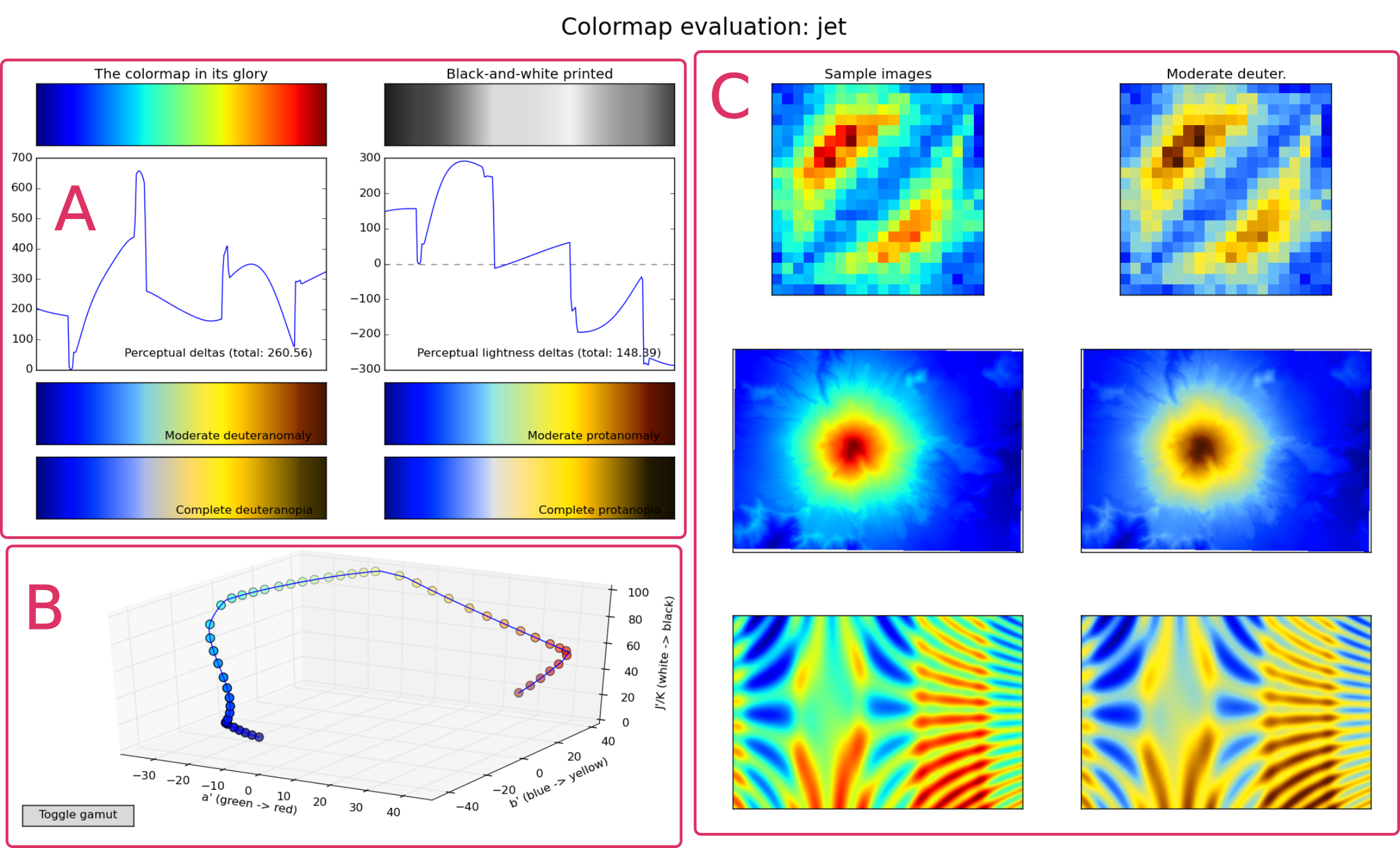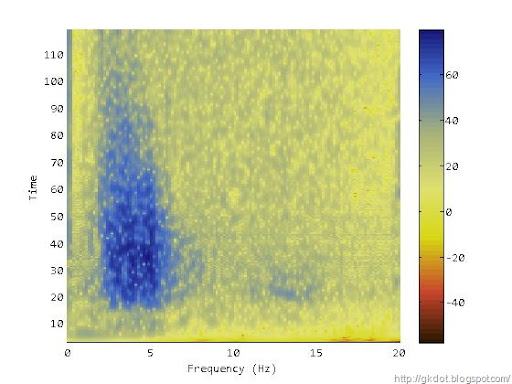
The colorbar shows the data to color mapping. The following picture shows the desired coloring of the slice plane. Regions where the fluid is actually moving right to left (negative data) are shades of blue (darker blue is faster).

#MATLAB COLORMAP HOW TO#
See Axes Color Limits - The Clim Property for discussion and examples of how to use this property. These values change the mapping of object color data (the CData property of images, patches, and surfaces) to the colormap. The Color Data Min and Color Data Max text fields enable you to specify values for the axes CLim property. Taking the shortest distance around the circle gives 357,358,1,2 (orange/red-red-magenta/red). For example, interpolating between two nodes, one with at hue of 2 (slightly orange red) and another with a hue of 356 (slightly magenta red), does not result in hues 3,4,5.353,354,355 (orange/red-yellow-green-cyan-blue-magenta/red). To minimize this ambiguity, the interpolation uses the shortest distance around the circle. Interpolating in HSV: Since hue is conceptually mapped about a color circle, the interpolation between hue values can be ambiguous. Note that when you switch from one colorspace to another, the color editor preserves the number, color, and location of the node pointers, which can cause the colormap to change. Switching to the HSV colorspace causes the colormap editor to recalculate the colors between nodes using the hue, saturation, and value components of the color definition. For example, in the RGB colorspace, internode colors are calculated by linearly interpolating the red, green, and blue intensity values from one node to the next. The colorspace determines what values are used to calculate the colors of cells between nodes.

Select the nodes and then press the Delete key, or select Delete from the Edit menu, or type Ctrl+x. Select the node and then press the Delete key, or select Delete from the Edit menu, or type Ctrl+x. Movement stops when one of the selected nodes hits an unselected node or an end node. Select multiple nodes and use the left and right arrow keys to move nodes as a group.

Select and drag with the mouse or select and use the left and right arrow keys. Nonadjacent: left-click on first node, Ctrl+click on subsequent nodes After you select a new color at a node, MATLAB reinterpolates the colors in between nodes.Ĭlick below the corresponding cell in the colormap stripĪdjacent: left-click on first node, Shift+click on the last node MATLAB displays a color picker from which you can select a new color. The color of a node pointer remains constant as you move it, but the colormap changes by linearly interpolating the RGB values between nodes.Ĭhange the color at a node by double-clicking the node pointer. You can select and move node pointers to change a range of colors in the colormap. You can also start the colormap editor by selecting Colormap from the Edit menu. You can also work in the HSV colorspace by setting the Interpolating Colorspace selector to HSV. Node pointers are colored cells below the colormap strip that indicate points in the colormap where the rate of the variation of R, G, and B values change. Colormapeditor (MATLAB Functions) MATLAB Function Referenceĭisplays the current figure's colormap as a strip of rectangular cells in the colormap editor.


 0 kommentar(er)
0 kommentar(er)
